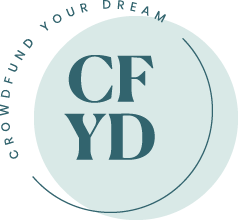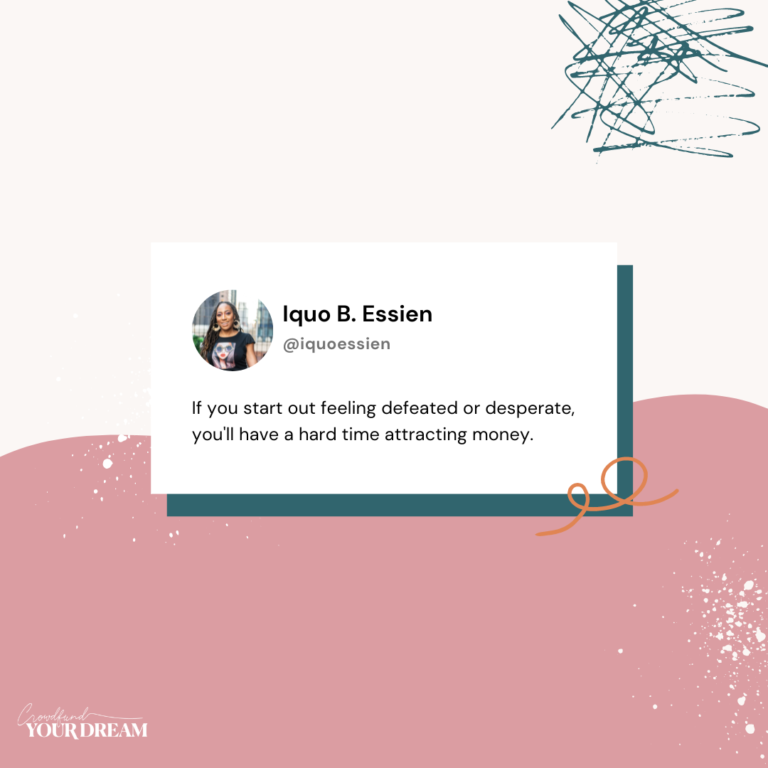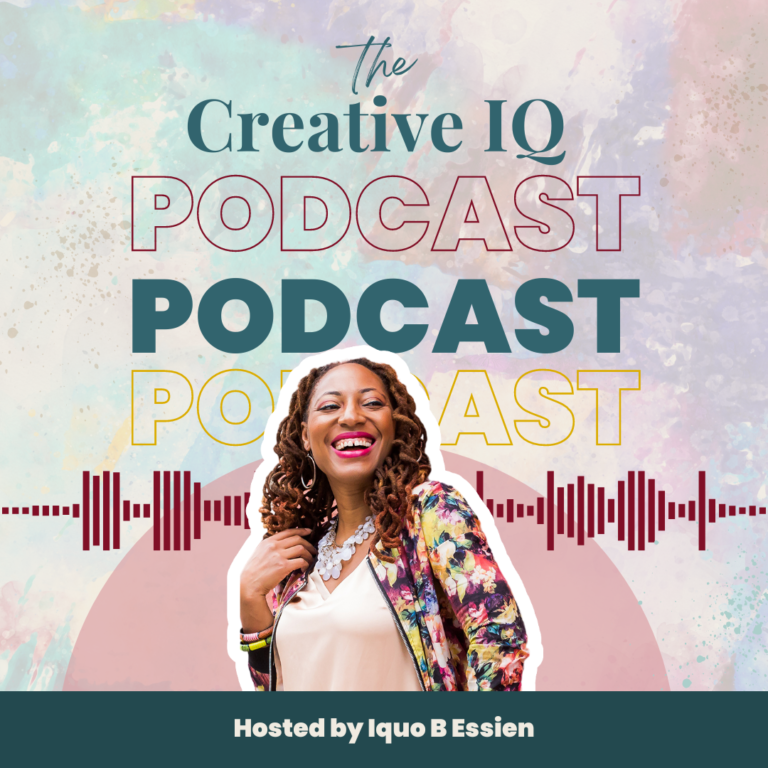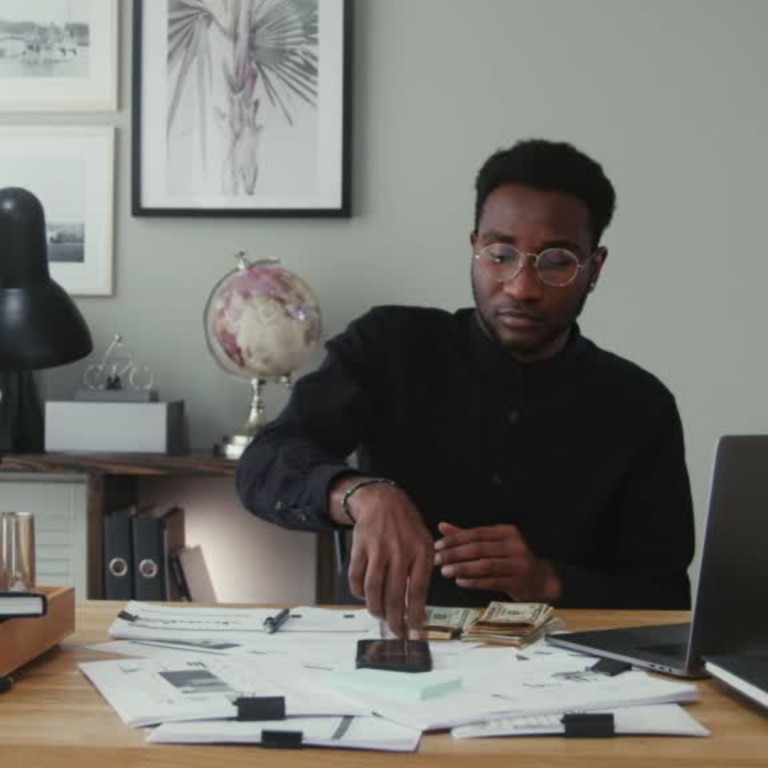Think you know a thing (or two) about fundraising? Well, did you know:
A research study analyzed racial identifiers in 100,000+ Kickstarter campaigns, finding that the fundraiser’s perceived race had a meaningful impact on the probability of success. White fundraisers had greater success than black fundraisers, and Asian fundraisers had the highest success rates of all (Clark and Rhue, 2018).
And on a well-known online microfinance lending site, researchers found that charitable lenders favored more attractive, lighter-skinned, and less obese borrowers (Jenq, Pan and Theseira, 2015).
These studies show that that, although digital platforms are billed as a one-size-fits-all fundraising solution, the same implicit biases we experience in the world get replicated online. And nobody’s talking about it. That’s where I come in.
MY STORY
My experience with fundraising was learned on the ground, working in the nonprofit world, until I found myself in NYU Tisch Graduate Film school.
Driven to combine my passion for social change and the arts, I dove head first into filmmaking. In hindsight, I could have never imagined what an uphill battle making movies would be. I struggled to get through the program financially, going on academic leave after the first year to work and save money.
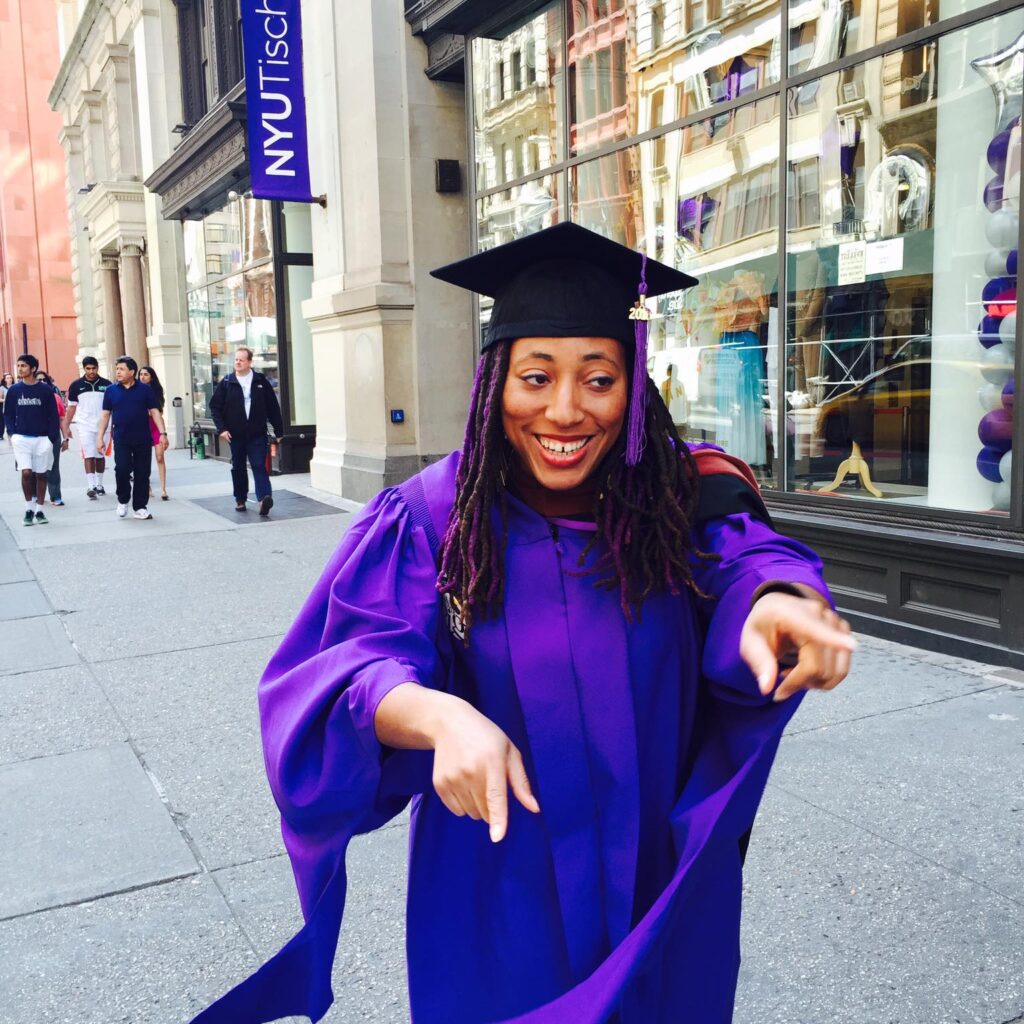
Three years later, I returned with a script for a short film inspired by Nafissatou Diallo, the African immigrant maid who accused Dominique Strauss-Kahn, then-head of the International Monetary Fund, of sexual assault.
It was a story ripe for the telling, but, given that nobody knew me, none of my classmates agreed to work on my film. My excitement turned to panic when I faced a major obstacle of having to raise enough money to hire my entire crew.
MY FUNDRAISER
So I went back to my roots, snail mailing letters to friends and family across the U.S. I launched an Indiegogo campaign with fiscal sponsorship through Fractured Atlas.
I built a mailing list, sending a dozen emails to everyone in my network. Ultimately, I garnered the attention of an equity investor and exceeded my fundraising goal by a few thousand dollars.
In hindsight, I’m amazed at my chutzpah. I was too naive to know what barriers I faced: limited cultural understanding about money and asking for money; few high net worth friends; not feeling comfortable asking people in my personal circle for donations, especially low-income folks.
Growing up, most of the fundraising that occurred in our African immigrant community was geared toward repatriating the bodies of the deceased back to their native countries, or sending remittances back home for the day-to-day upkeep of relatives.
Even so, I wasn’t sure if people would give me money for a film. But there were some things I intuitively knew:
- Older Africans would likely give more money and mail me a check, rather than donating online;
- Africans in general were more likely to give if the project had an academic component or institutional affiliation, like Fractured Atlas; and
- My peers would likely give less online, but share my campaign more, even if they couldn’t donate.
Most importantly, I knew the strength of my relationships gave people a personal stake in my success or failure. So I didn’t approach the fundraiser as a transactional exercise, but rather an opportunity to reconnect, share what I was working on, and build community around the film.
It reminded me of that old African proverb that my late mother used to say: It takes a village to raise a child. My village came through for me in a big way. And since 2012, when the campaign ended, I’ve helped other artists and arts nonprofits raise thousands more in funding.
THE PROBLEM
In the process, I’ve learned a lot more:
- Studies show that, in the nonprofit world, many organizations take a traditional fundraising approach, raising money outside of the marginalized communities they serve.
- The Blackbaud Diversity in Giving study found that: “The under-representation of African-Americans and Hispanics [in the donor universe] suggests that organized philanthropy is not doing an adequate job of engaging non-white communities…[Changing this] may necessitate shifts in fundraising channels, in messaging and language, and even in governance.”
- Foundations are scrambling to scale up on diversity and inclusion, in hopes of removing systemic and structural barriers for people of color (and women, immigrants, LGBTQI folks, non-English speakers, and people with disabilities, although most have limited understand/bandwidth to address all these).
- In the crowdfunding world, there’s little understanding of the particular challenges faced by self-producing artists and creatives from underrepresented populations.
- Digital platforms are viewed as equalizers that level the playing field, when in many cases they highlight existing inequities. On a well-known online microfinance lending site, researchers found that charitable lenders favored more attractive, lighter-skinned, and less obese borrowers.
- Little research has been done on the impact of culture on fundraising. A study that compared crowdfunding in China versus the United States found that, in the former, a collectivist culture, “stronger feelings of being involved in and contributing to the collective as a whole and of benefiting other people” yielded a positive impact on crowdfunding performance–as compared to the U.S., an individualistic culture.
- But most of the (limited) cross-cultural research looks at the U.S. as a monolith, rather than a collection of smaller communities and subcultures. It’s a huge pitfall that almost nobody is addressing.
I’ve also seen firsthand the lack of cultural competency, transparency, and even feedback in the recruitment, application, and selection processes of many well-respected grants and fellowships—and understand how that may deter applicants from diverse groups while perpetuating inequities in arts and cultural production.
THE SOLUTION
With so many people reaching out to me for help, often in the midst of failing fundraising campaigns, I recognized the need for an intervention far upstream. That’s why I created Crowdfund Your Dream. For women & BIPOC founders, like me, who need culturally-responsive fundraising strategies.
My online course and group coaching program will help tell your organization’s story, market your work, and raise up to $500K to fund your business. Utilizing industry best practices, we execute comprehensive, multi-channel fundraising campaigns, leaning into your culture factor and the communities your organization serves.
Not looking for a course, but need hands-on support? Fill out our client application and let’s get started!
